Greenland: a nation out in the cold
The world's biggest island is now more accessible than ever, thanks to more affordable flights. Simon Calder explores a country like nowhere else on Earth
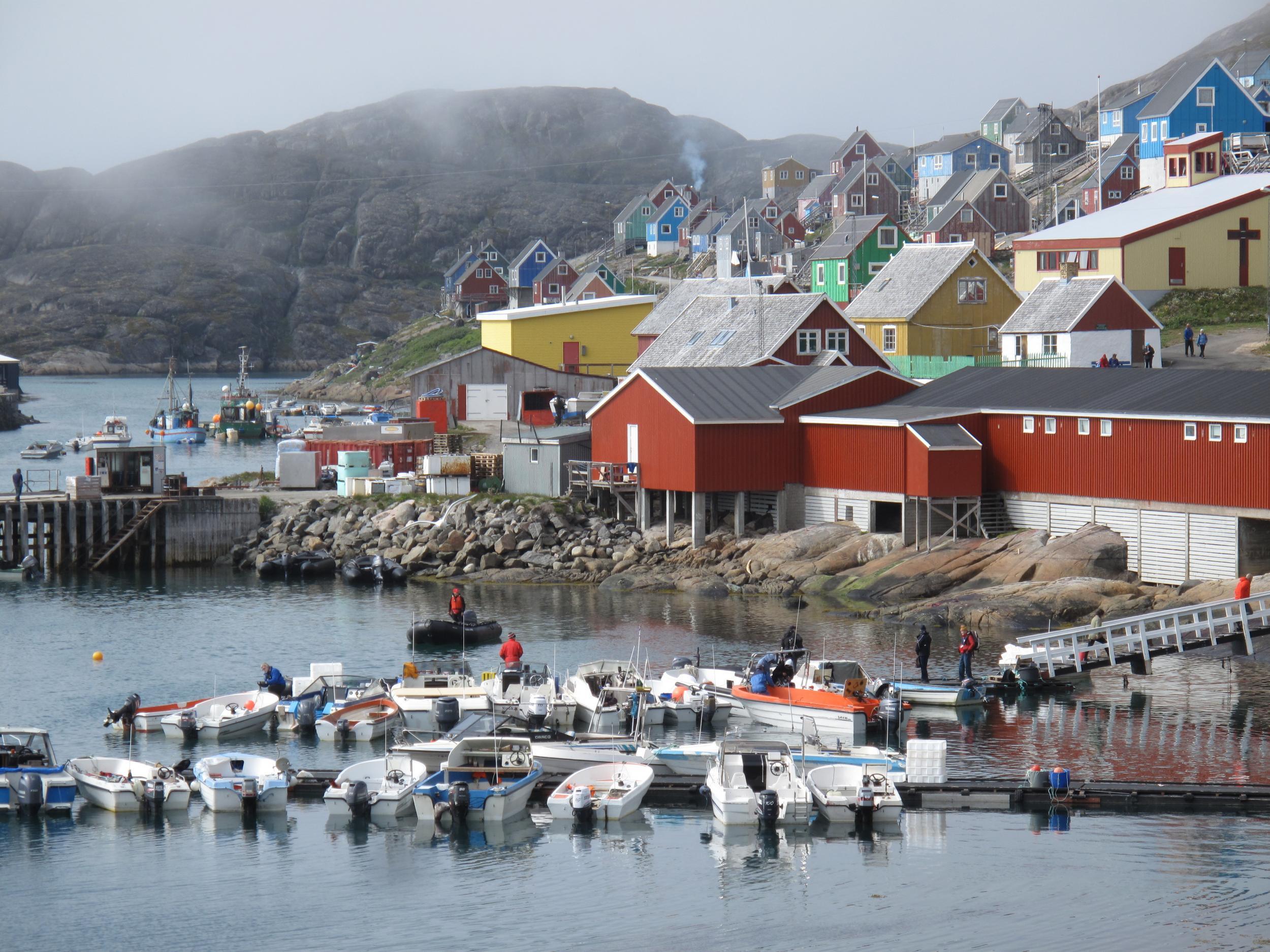
Your support helps us to tell the story
From reproductive rights to climate change to Big Tech, The Independent is on the ground when the story is developing. Whether it's investigating the financials of Elon Musk's pro-Trump PAC or producing our latest documentary, 'The A Word', which shines a light on the American women fighting for reproductive rights, we know how important it is to parse out the facts from the messaging.
At such a critical moment in US history, we need reporters on the ground. Your donation allows us to keep sending journalists to speak to both sides of the story.
The Independent is trusted by Americans across the entire political spectrum. And unlike many other quality news outlets, we choose not to lock Americans out of our reporting and analysis with paywalls. We believe quality journalism should be available to everyone, paid for by those who can afford it.
Your support makes all the difference.Greenland: twinned with Australia.
Technically, that's not true. But it should be.
The similarities go deep. Both have a coastal fringe wrapping around a vast emptiness, best appreciated from on high — between the UK and Vancouver, or from Singapore to Sydney. Each country has an aboriginal population with deep traditions, whose roots extend far further back than the very recent colonies established by Europeans.
Some say that Australia is the world’s biggest island, but if you subscribe to the idea that it’s actually a continent, then Greenland takes the title.
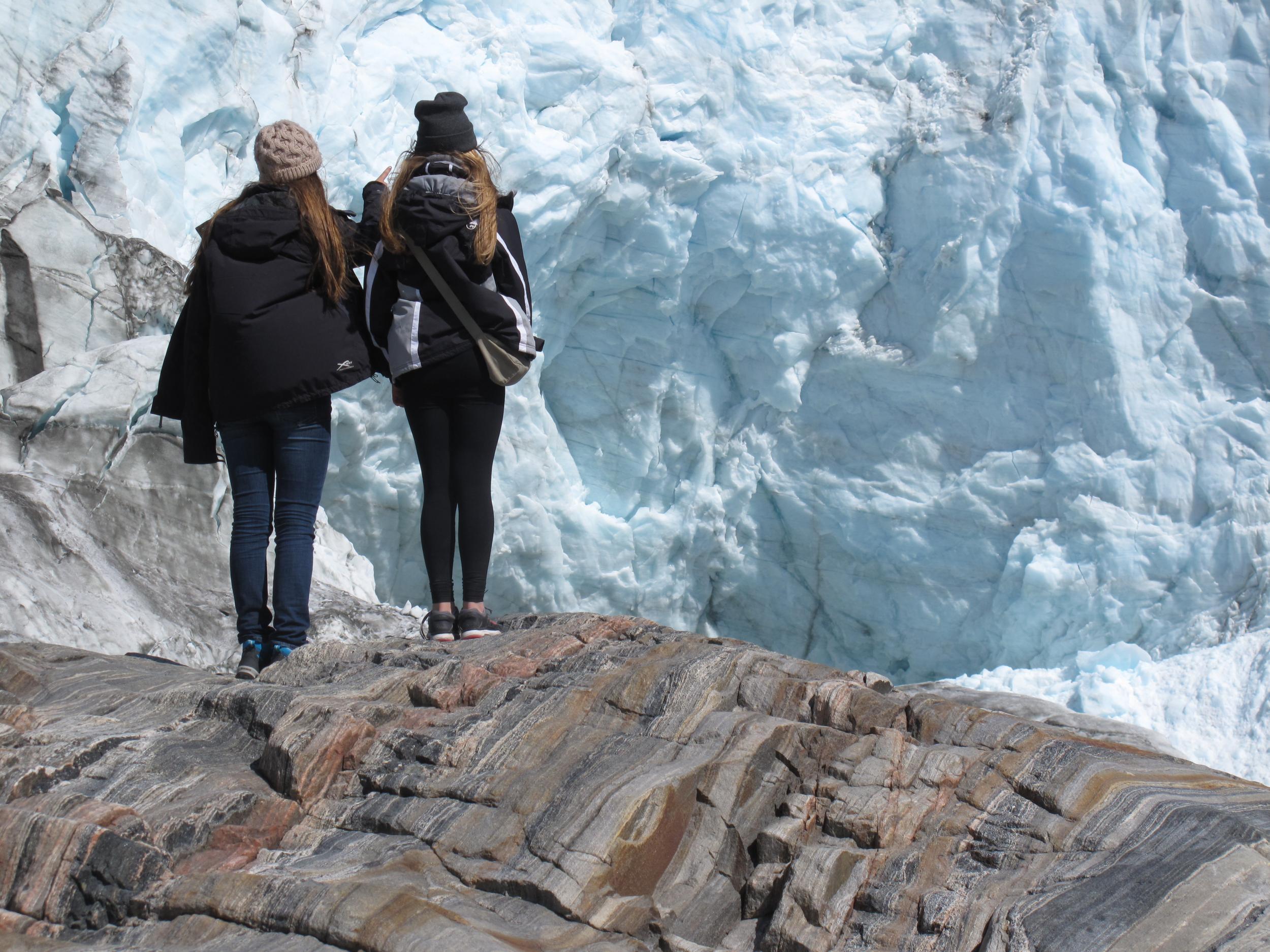
And both have a difficult relationship with the “mother country”: Australia with Britain, and Greenland with Denmark. Indeed, Greenland is the country that went into the cold, voting in 1982 to leave the EU. But the monarch in Copenhagen is Greenland’s head of state, and the Danish krone is the national currency.
Having checked both locations, I can say with confidence that Australia is warmer and sunnier. Greenland begins where Shetland ends, at around 60 degrees north, and extends to just seven degrees short of the North Pole.
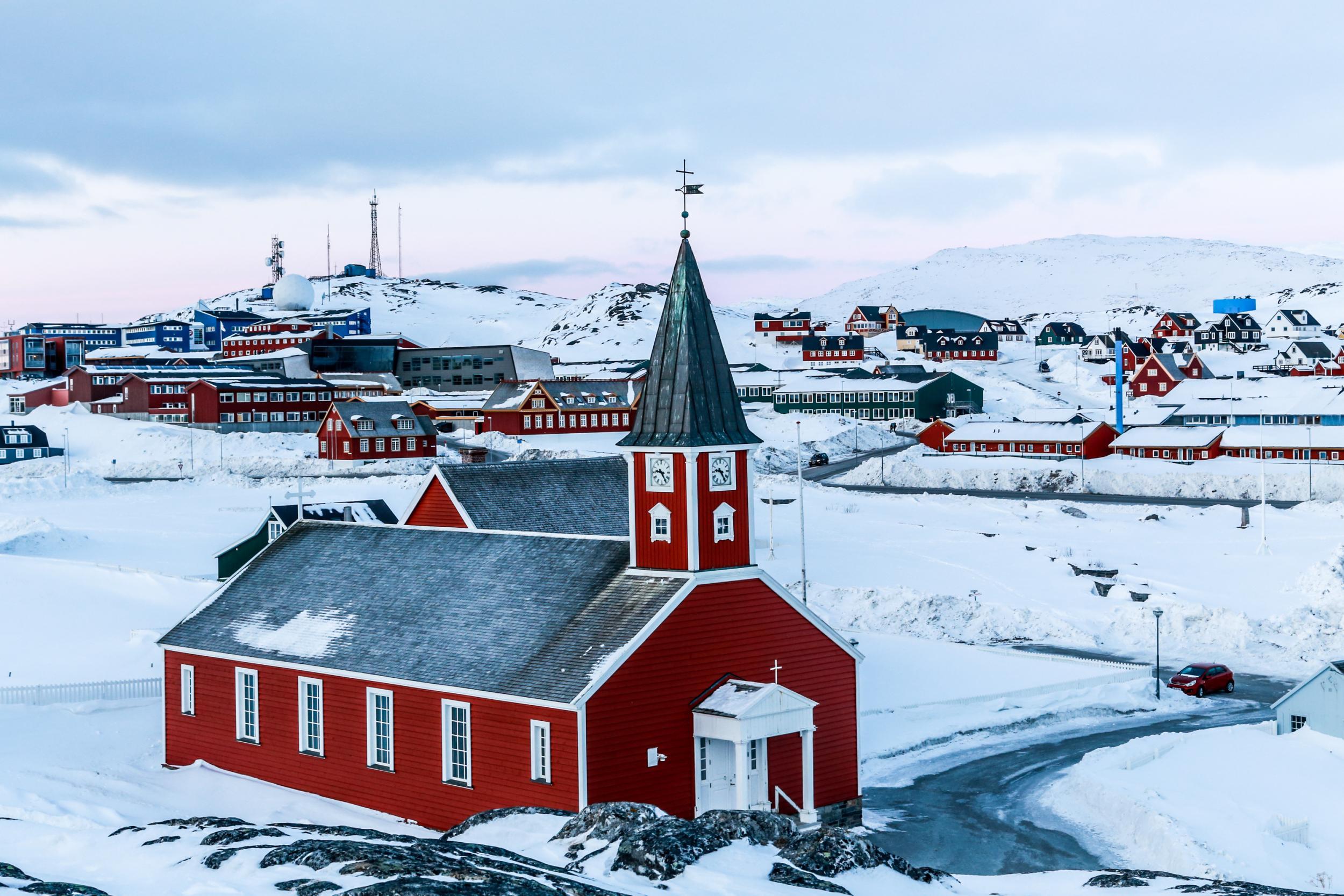
Bizarrely, Australia has also traditionally been cheaper to reach despite being five times further away than Greenland, with the return airfare for the past 25 years or so starting at around £600 return to the main cities for deeply off-peak travel. Every time I’ve looked, Greenland has been a minimum of £850.
But finally, thanks to some creative pricing by the national airline, reaching Greenland is no longer pricier than Perth.
Looking ahead to next midsummer, the lowest return fare from Copenhagen on the excellent Airbus A330 of Air Greenland is £540, with connections from the UK to the Danish capital another £60 or so. It offers proper long-haul standards even though the longest flight on the network is barely over four hours. There’s lots of legroom and impressive inflight entertainment — including Coldplay, appropriately — and for inflight reading, Suluk (Greenlandic for “wing”).
The inflight magazine for a national carrier can tell you a lot about the country. Air Greenland’s publication is the only one I have seen with advertisements for quad bike repairs.
The editorial is intriguing, too. One feature was about a new issue of Greenland stamps featuring local delicacies: fish heads and raw whale skin. There’s even an Inuit recipe page, featuring this month a whale in its own blubber. (“Cut the whale meat into slices, not so thin that they risk getting dry, and place them on the stone with the melted whale blubber.")
You may, of course, feel that the world’s biggest mammal needs to be protected rather than devoured, but in so precarious a land the whale has long been seen as salvation.

Nature has not been generous to Greenland. There are just seven terrestrial mammals: the stoat and its prey, the lemming, the Arctic fox and the Arctic hare, the caribou, the musk ox and the polar bear.
Those creatures, like the human population, endure on the coastal fringes. Most of Greenland is an ice sheet, a geographical feature almost inconceivable in its scale.
The bottom layer fell as snow more than 100,000 years ago. It contains one-11th of the world’s freshwater.The weight of all that frozen water depresses the surface by 1,000 feet below sea level; were it to melt, oceans around the world could rise by perhaps 20 feet.
You can wonder at such statistics as you fly across the ice sheet (and arguably contribute to the warming of the planet).
A nation nine times the size of Britain is divided into just four regions, whose names in Greenlandic may make you shiver. The area around Cape Farewell, on the tip of Greenland’s icy tongue, is known as Kujalleq (“South"); Sermersooq ("Much Ice") is the region around the capital Nuuk; Qeqqata ("Centre") runs from north of the capital along the Davis Strait; and the far north-west is known as Qaasuitsup, meaning ”Darkness”.
Most of Greenland’s population lives on the western coast, facing across to Canada, and enjoy the most corrugated coastline in the world: for a fjord focus, the island is even better than Norway.
Kangerlussuaq, where the plane touches down, is at the head of the largest incision of all. Indeed, Kangerlussuaq means “big fjord”. It curves around the airport and feels like a disused military base, which is what it mostly is.
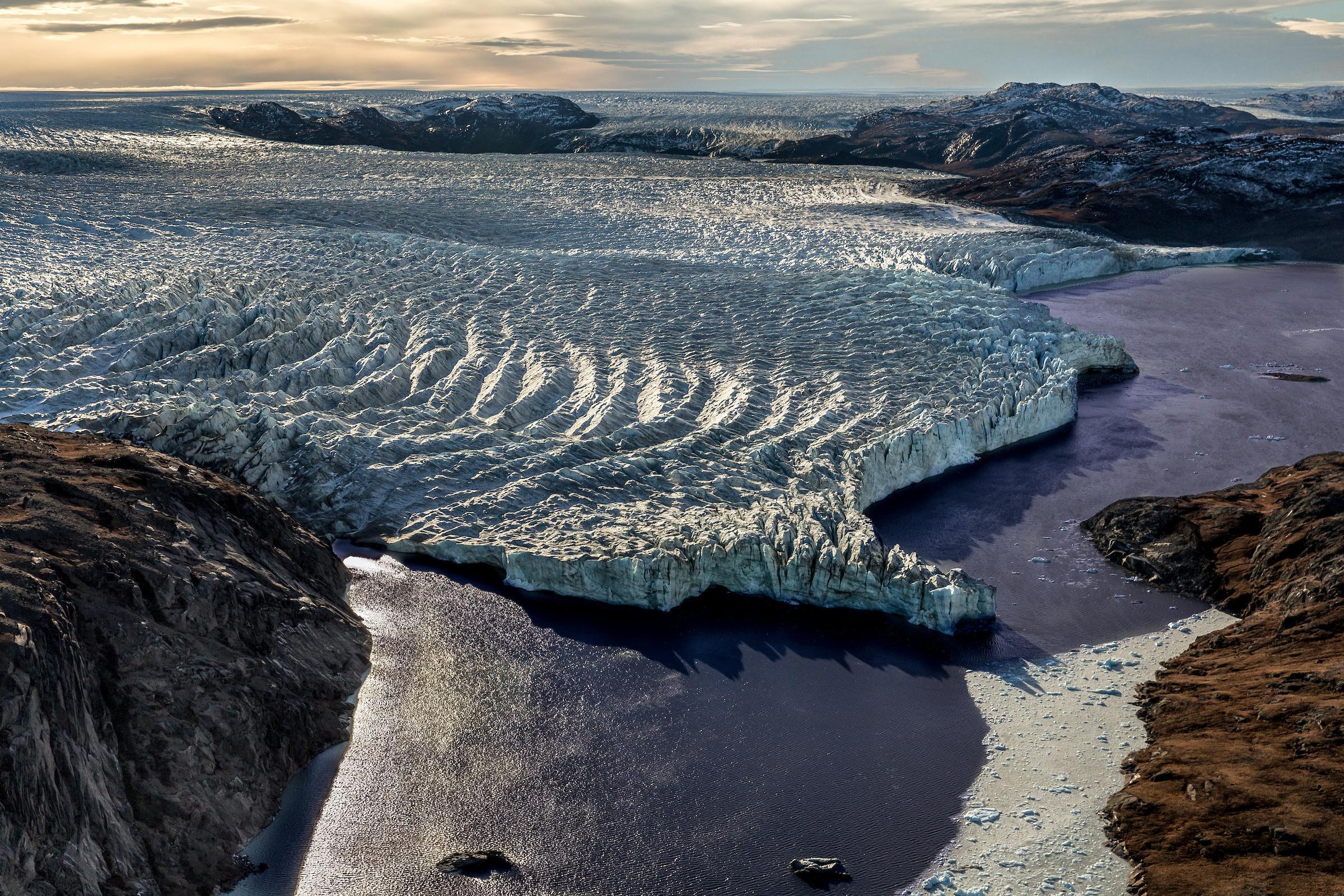
The American military boosted the population of Greenland by around one-fifth when they set up a series of bases for the DEW (“distant early warning”) line in preparation for nuclear Armageddon. In the conflict between the US and the USSR, this was the place that put the “cold” in Cold War.
Since the US military went home, the town has diversified into tourism. A local guide with a 4x4 will drive you out to the ice sheet; this is the place with easiest access to the frozen heart of Greenland. The first sight, though, as you drive out on a dusty track, is a crashed US warplane, its metallic entrails scattered across the rock beside the road.
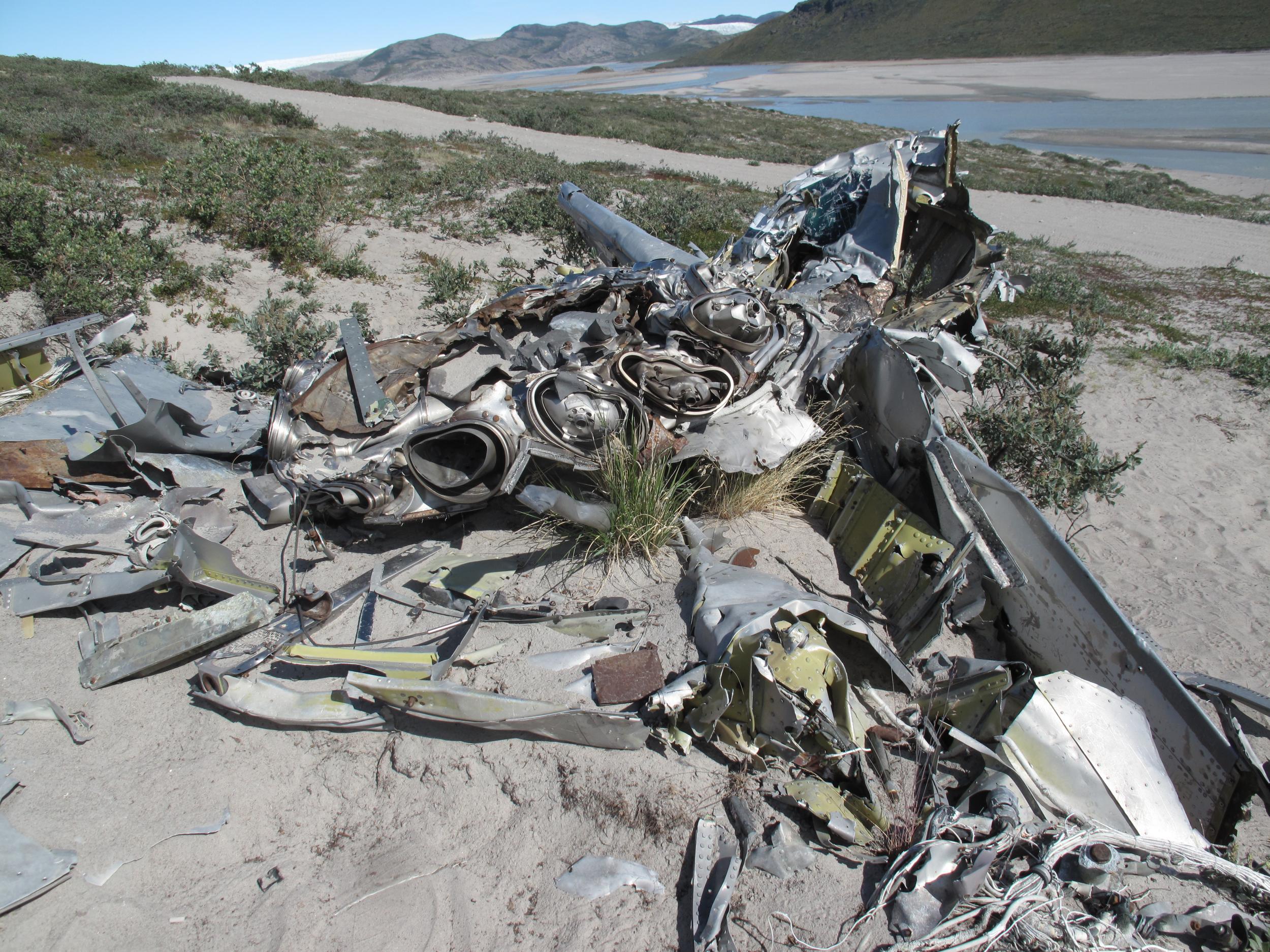
Man is enfeebled in such a wild, desolate and extreme place. The landscape, sculpted over 60 million years since Greenland broke away from the North American tectonic plate, is a demonstration of nature’s might.
Ancient rocks, twisted and jagged, tell of the earth’s restlessness, while the edge of the ice sheet creaks and shudders. And yet this is not an entirely alien environment: tough grasses soften your steps, while in the distance musk ox forage beside a river filled by melting ice.
The scene may leave you breathless — as will the exercise of pronouncing the town’s name correctly. The “rl” in the middle of Kangerlussuaq requires your mouth to adopt the position for the sound of a short “l” and then exhale: a breathy “thwl” is the best I can get to the sound. To master the "q" at the end I shall refer you to Greenlandic for Travelers by Birgitte Hertling, which recommends this easy procedure: “Just as one might create air pressure to hold a gargle liquid from running down one’s throat before gargling, press, hold and then release the air to produce this special throat sound.”
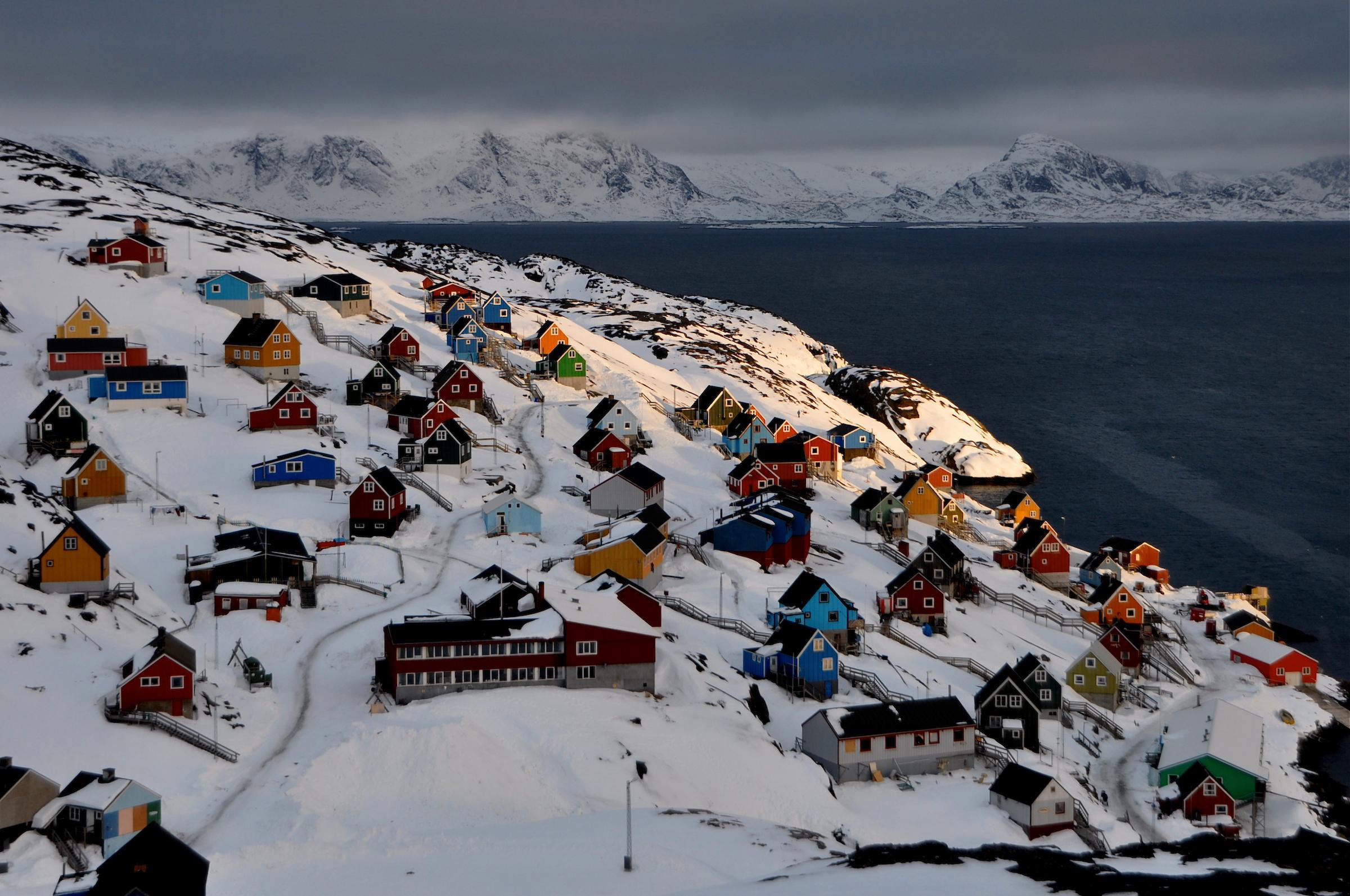
Time to leave town. To explore more widely, you need either a boat or a plane. Some hardy yachties sail into the big fjord, as do expedition ships. Alternatively Air Greenland has a fleet of 16 helicopters, augmented by Dash-8 propellor planes. The latter aircraft fly as frequently as the weather allows to the capital, Nuuk - pronounced as in “nuke”.
“An Arctic metropolis,” claims the tourist board of Nuuk. It looks like no other capital city I have seen, scattered across a headland that juts out from the entrance of a complex of fjords. One in four of Greenland’s entire population of 60,000 people lives here. A Danish pastor, Hans Egede, founded the settlement in 1728, and a huddle of cottages from that era still remains.
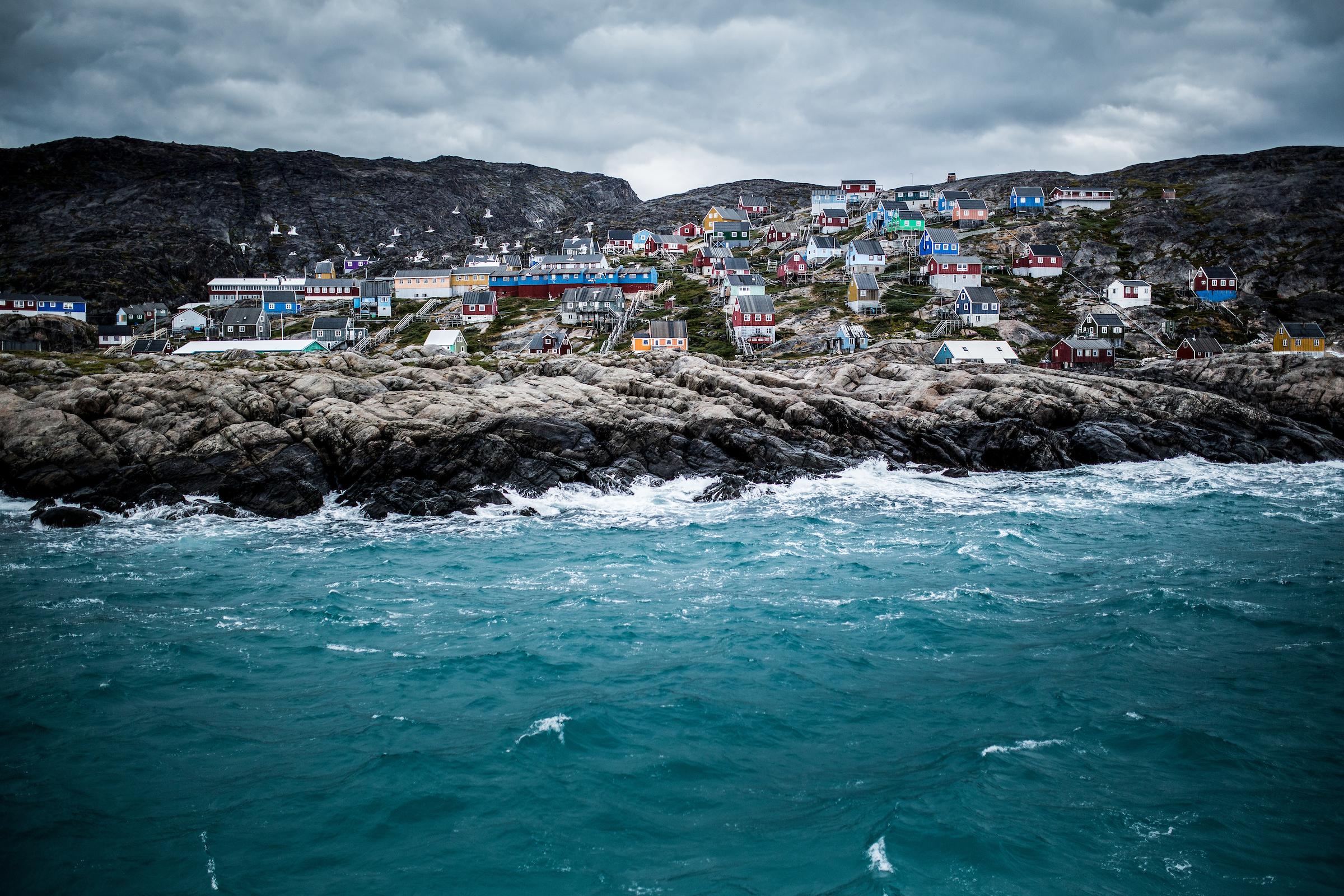
But the modern town strikes me as a good definition of the word “bleak”, with a bitter breeze blowing down a glum main thoroughfare. The national museum, excellent though it is, actually reinforces the notion that this is a land unfit for human habitation. The early settlers depended on driftwood from northern Siberia, while for metal they had to rely on outer space — scraping iron from meteorites that had fallen in the far north-west of the nation.
A few fjords north of Nuuk, the fishing village of Kangaamiut takes you closer to the soul of Greenland. It is a deliciously colourful place, with primary-painted cottages tumbling down to the water's edge. The Arctic Umiaq Line, the ferry lifeline along Greenland’s coast since 1774, calls here with 21st-century essentials.
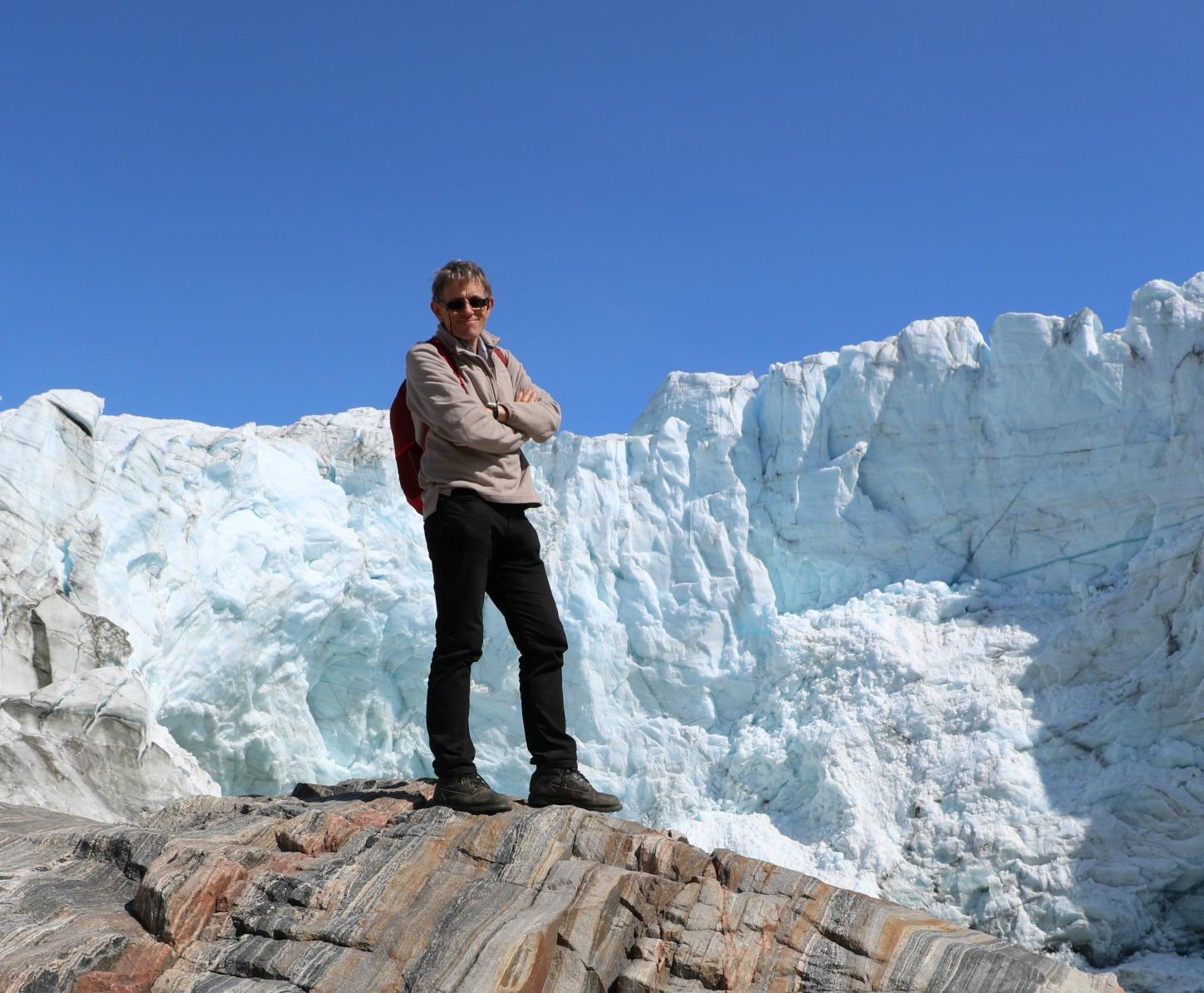
Yet evidence around the village provides an insight into heroic endurance on the edge of an unforgiving land. Down at the harbour, the water turns scarlet as a seal is skinned. Drying cod dangles from hooks nailed to walls of cottages.
Yet even with the daily struggle for survival, there is room for the spirits to soar. Heavenly voices of a local choir drift from the tiny church, bestowing a delicacy at odds with the landscape.
Climb beyond the chapel, by way of the local dump, complete with a few rusting quad bikes. You reach a summit that reveals a magnificent congregation of land and sea; the best possible conclusion to a journey along the raw edge of the world.
Travel essentials
Getting there
Simon Calder paid £25 for a one-way flight from Luton to Copenhagen on Ryanair (ryanair.com), and 2,143 Danish kroner (£245) from Copenhagen to Kangerlussuaq on Air Greenland (airgreenland.com).
Getting around
Domestic airfares are very high. The 55-minute journey from Kangerlussuaq to Nuuk costs DKK1,740 (£200). By sea, Arctic Umiaq Line (aul.gl) charges DKK900 (£105) for the 14-hour overnight voyage from Nuuk to Kangaamiut.
Staying there
Accommodation in Greenland is expensive or spartan, and sometimes both. A bed at the Kangerlussuaq Vandrehjem youth hostel (kangvandh.gl/en) costs DKK250 (£29), excluding breakfast.
Seeing there
A half-day trip for up to four people from Kangerlussuaq to the edge of the ice sheet costs DKK2,400 (£280) through the youth hostel.
In Nuuk, the National Museum (natmus.gl) is open 10am-4pm daily (shorter hours in winter), admission £3 (you can pay in other currencies, but that is the most advantageous).
Join our commenting forum
Join thought-provoking conversations, follow other Independent readers and see their replies
Comments